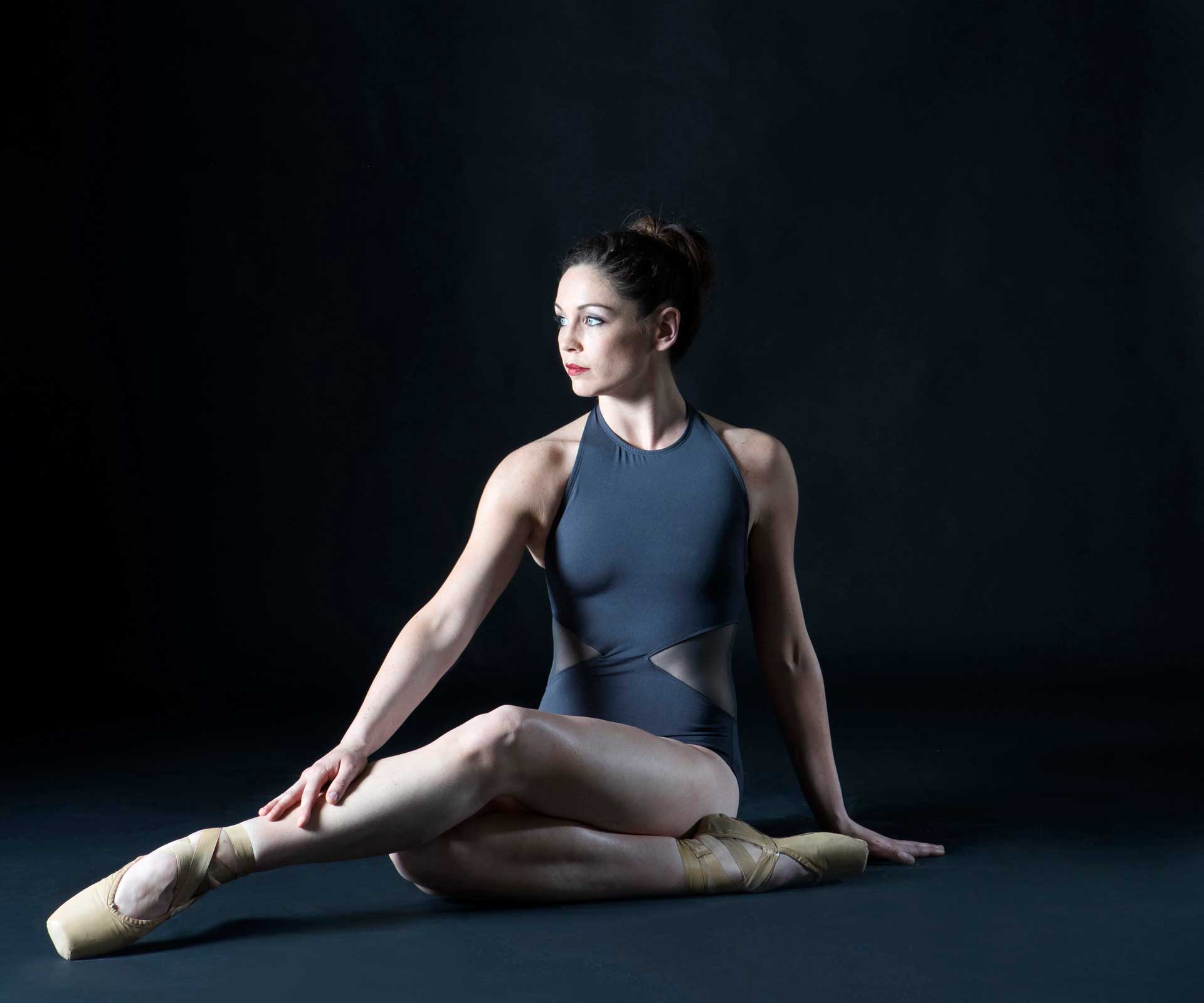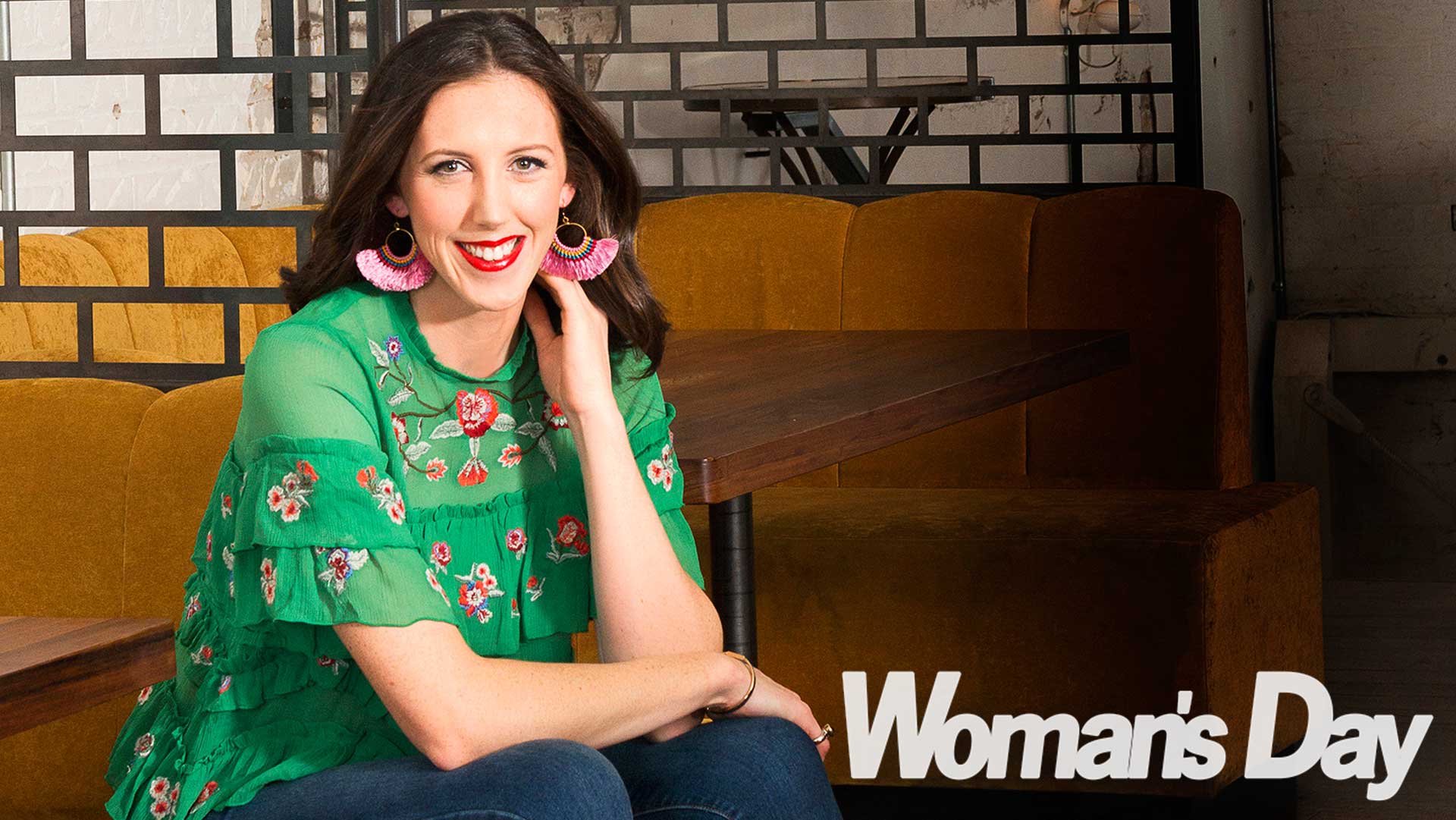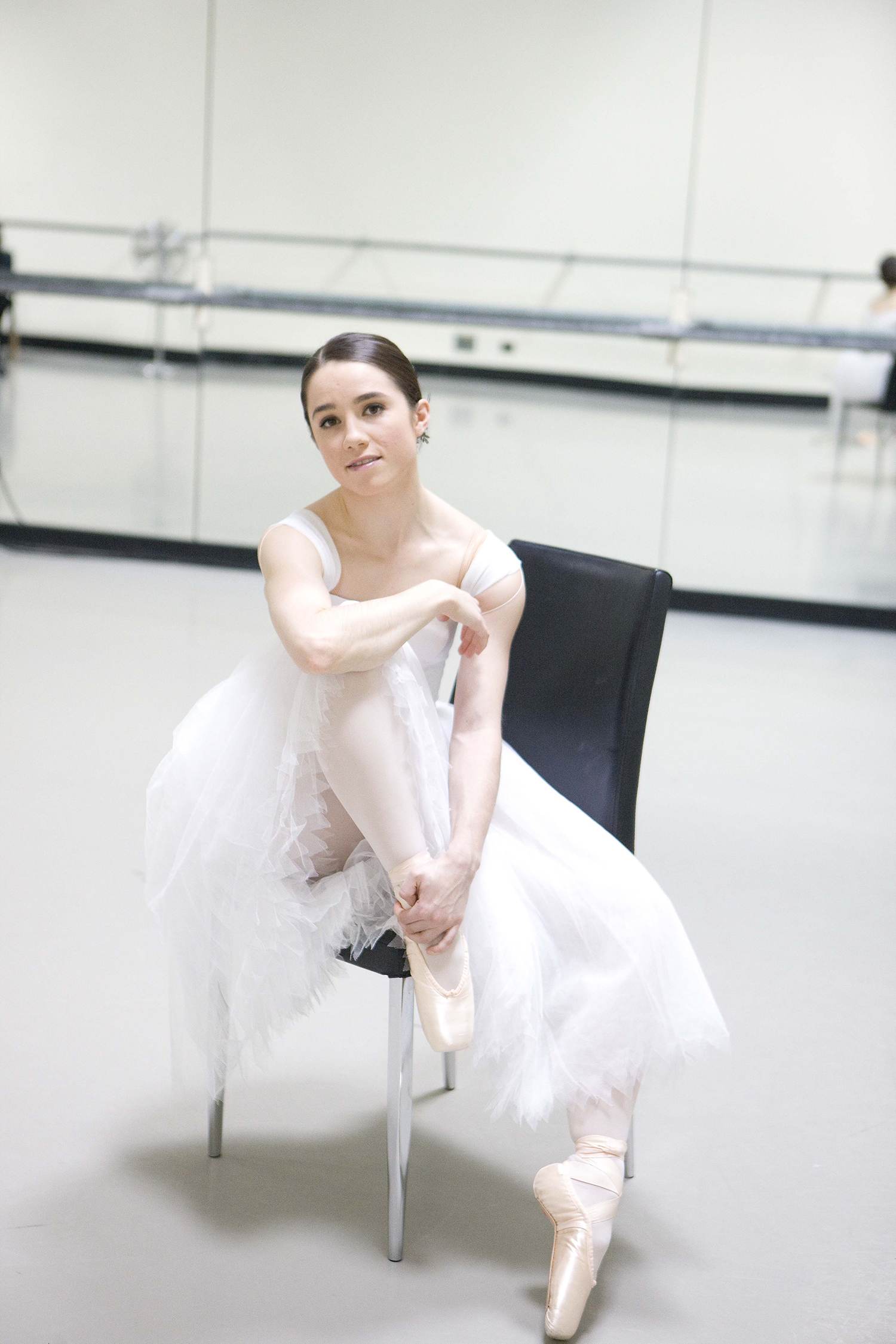To watch a ballet performance is to witness a rare and beautiful thing – the space where art and athleticism combine. Soaring music, impressive costumes, even more impressive thigh muscles. For the devoted, seeing a live production is like watching a miracle unfold in real time; all those lifts, spins and leaps.
But behind the exquisite stage presence lies a world of sweat-soaked shirts, stress fractures, ice baths and spinal injuries. Like most art, it looks like magic, but the secret is work, work, work.
Abigail (Abby) Boyle is 32, and her Royal New Zealand Ballet colleague Joseph Skelton is 27. In life, not such a wide age gap. In ballet, it’s a different story. They are two of the most recognisable members of the company; often the ones under the spotlight on stages around the country.
Romeo, Carmen, Odette, Don José, Aurora… name a famous dance character and it’s one they have made their own. But there are costs to achieving such physical feats, the ramifications of which last a lifetime.
Abby’s description of daily life in a dancer’s body is grim: “I definitely have to hold onto the bannister to go downstairs to get my breakfast. Every morning I creak along.”
Joseph doesn’t mince his words: “I can’t remember a day where I’ve been dancing without pain.”
The Gisborne-born dancer has two severe injuries he has to stay on top of: a crack through his spine – “annoying, particularly in those seasons where you’re doing a lot of lifting” – and injuries he sustained after being hit by a bus while living in the United Kingdom.
Almost a decade ago, Joseph was skateboarding on the road when his board shot out and he went to rescue it, only to get his leg tangled in the bus’ wheel.
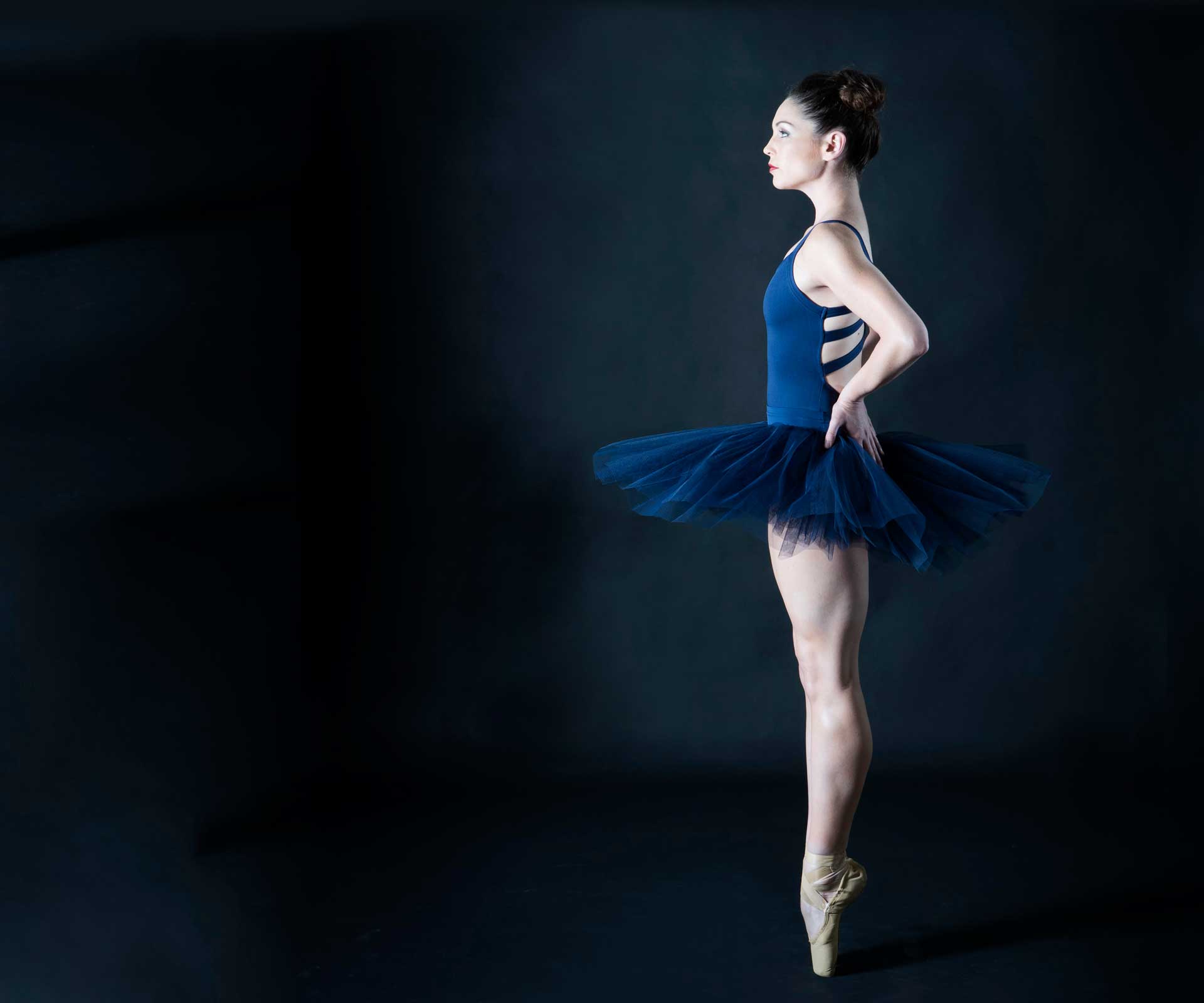
It took a full year for him to recover; he was in a wheelchair for a few months, and was told he wouldn’t walk without a limp again. But at 18 years old, he wasn’t fazed.
“I wouldn’t say I was naive, just silly enough to not even think about it, which probably helped in the long run,” he says. “If I did it now, it would be a slightly different story… ‘Is this worth it? Will my body break up in a couple of years?'”
Out of his costume, you wouldn’t pick Joseph as a ballet dancer. He looks like your average 20-something surfer. That’s not a coincidence, it’s his favourite way to unwind – something that must send shivers through the ballet powers-that-be, considering how precious a dancer’s body is. But on stage, he is a star.
His latest reviews, for the Ryman Healthcare season of Romeo and Juliet, described him as the “quintessential Romeo”, who has “the mastery of classical line”.
He is exceptionally relaxed in his craft (Do you have any pre-stage rituals? “Nah.”), a trait that has served him well throughout his career. Both his older sister and brother are also ballet dancers, showing Joseph from a young age that a career in dance was possible.
“I was always tossing up ballet alongside rugby and cricket,” he says.
“I’d be on the rugby field doing training, then scrubbing my knees with a hot flannel on the way to ballet.”
He followed his brother Nathanael over to the UK, auditioning for a full-time ballet school before being accepted into the Royal Ballet School, located in London’s Covent Garden. Joseph acknowledges he was “oblivious” to just how prestigious the school was to get into at the time.
“It was only three or four months into my training that I saw how serious the level was, compared to what I knew in New Zealand.”
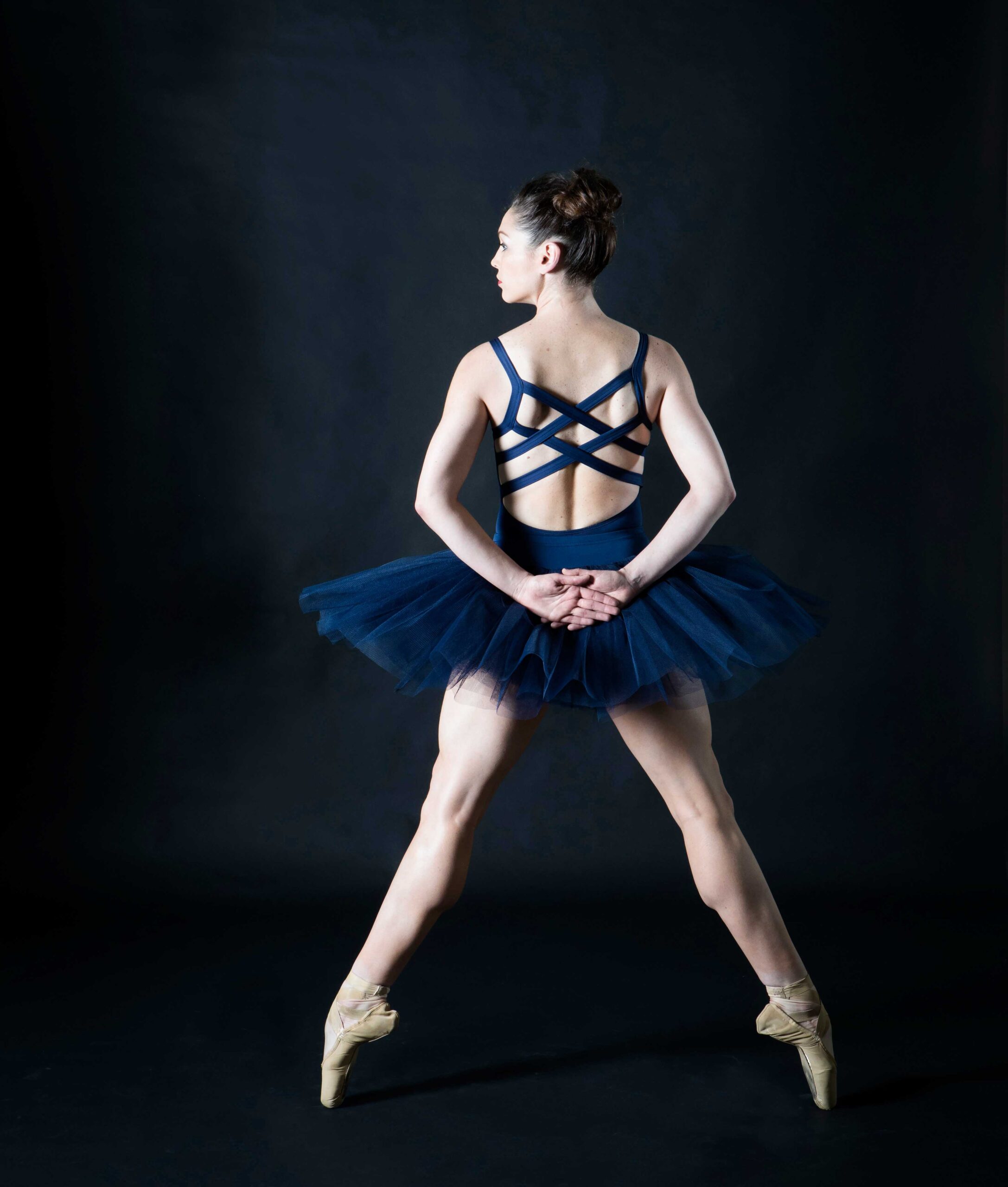
He joined the RNZB back in 2011 and has done well adjusting to the relentless pace of the company.
They work six days a week for the year, with only a day or so off in between finishing one show and starting on the next. The dancers spend those six days a week in rehearsals and training, but body maintenance is a full-time job in itself.
“Even on your day off, you’re getting your body ready for the week ahead. You have to ignore some injuries to concentrate on other ones.”
For a role like Romeo, where Joseph was on stage every other night for three hours, it was also about building enough endurance to survive the show.
“The first few run-throughs we did, there was no physical way I was able to get through it. I’d be stopping, taking a breather.”
The iconic balcony scene, for instance, was a monster to tackle.
“You’ll have a two-hour rehearsal where you’d be going through four T-shirts, each absolutely drenched in sweat. The understated power is what’s so good about ballet, because you want as much power and strength as you can, but you don’t want to run around looking like a big, bulky bodybuilder.”
Keeping his physique in impeccable condition is not only part and parcel of being a dancer, it’s also something Joseph will have to maintain for the rest of his life.
The injuries in his spine, not to mention the metal rod and screw in his lower leg, all require his muscles to be at peak strength, so that they bear the brunt of all of his movements, rather than his bones.
“The better shape you’re in, the less pain there is. It’s going to have to make me keep in shape as I get older, otherwise I’m not going to have a very good time.”
He’s not sure what life after ballet holds for him.
“We’ll see when we get to it. Future Joseph will worry about that!”
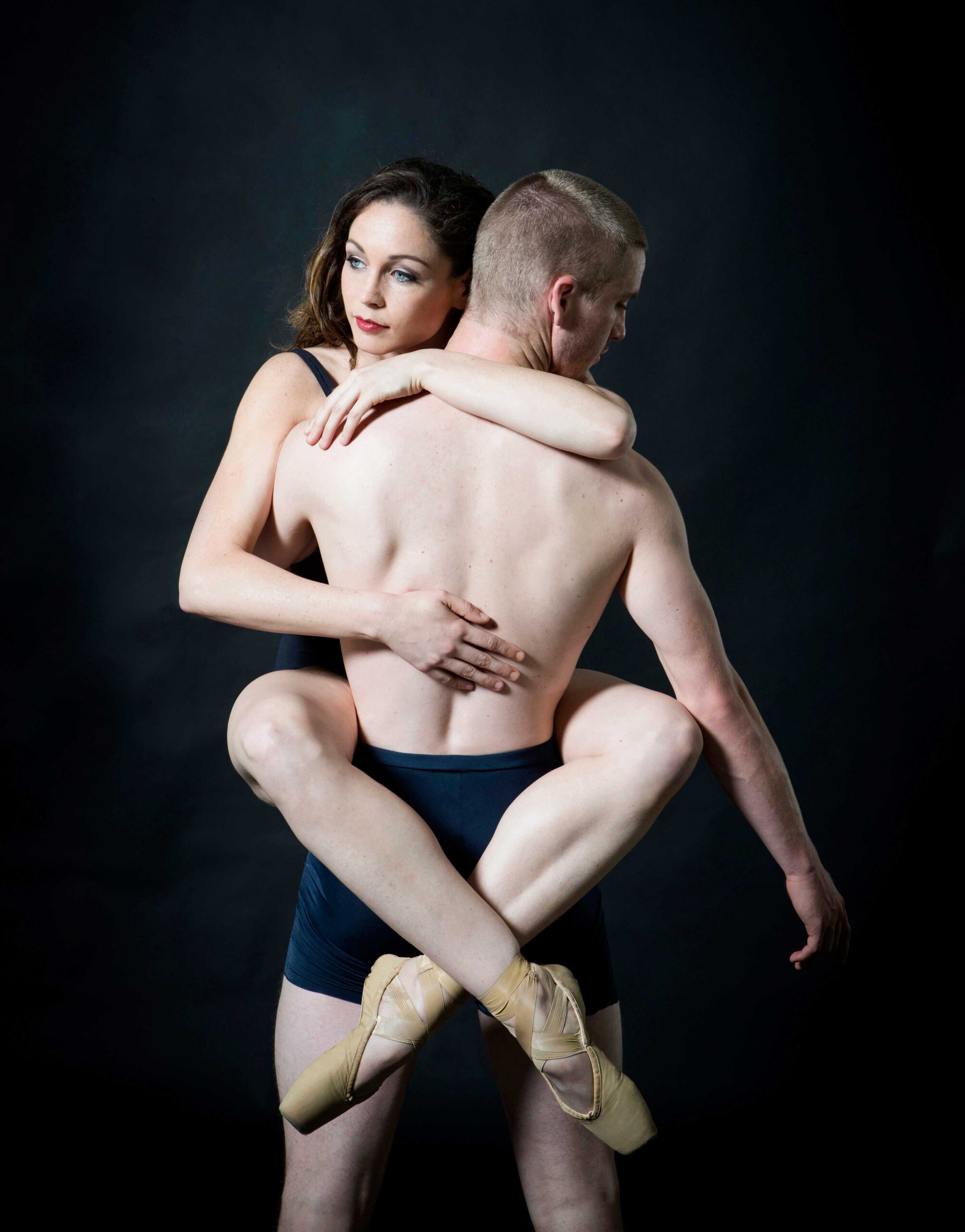
Neither Abby nor Joseph knows how long they will be able to continue dancing; there is always the chance that injury will force them to retire.
The lifespan of a ballet dancer is similar to that of all professional athletes: this is not a career path you grow old with. It is a physically demanding job that can never look as such, which is one of the reasons it’s mainly done by those in their 20s and early 30s. This is consistent across the world – the Paris Opera House, for instance, has a mandatory retirement age of 42 for its dancers.
There are exceptions to this: Italian dancer Alessandra Ferri recently made a triumphant return to the stage aged 54, French dancer Sylvie Guillem retired at 50, Mikhail Baryshnikov danced into his 60s. But it is hard, hard work. As famous American dancer Martha Graham once put it: “A dancer dies twice – once when they stop dancing, and this first death is the more painful.”
In the grand scheme of things, Abby Boyle is very young. But as one of the long-term dancers at the RNZB, she is more than aware that things get harder with time. “It’s constant maintenance,” she says.
“Always asking: ‘How do I feel today? Can I push it or should I take it easy?’ That’s me speaking now as a 32-year-old. When I was in my early 20s, I just went for it because you’re not as scared of injuries.”
There are the smaller injuries that can be lived with, and then there are the ones that are career-ending.
“A ballet dancer’s career is usually quite short, so it’s always in the back of your head. You’re always thinking, ‘Is this going to be it? When am I going to retire?'”
Abby joined the company in 2006, when she was just 21. She has lived and breathed ballet since she was young, taking it seriously after winning a national competition at 15. She thinks the stress fractures in her feet resulted from the large increase in workload that came with moving from a ballet school to a company.
“There are things you learn over time,” she says. “I wish I knew then what I know now.”
This is one of the cruel twists of any physical career: the longer you do it, the more you learn, the more intelligently you can use your body. But on the flip side, the longer you do it, the more wear and tear your body has to cope with.
“It is really hard, mentally, if you’re injured and you can’t get up and do what you love. It can get quite depressing, and I think sometimes that’s a huge factor for retirement as well,” she says.
“But I think growing up as a dancer, you become mind over matter pretty quickly. You have to: you’re putting up with all that pain and gritting your teeth. Like an athlete, you learn how to cope.”
During pointe season, Abby will do an ice bath on her lower legs – exactly as unpleasant as it sounds – and will often also smother her legs in Anti-Flamme, wrap them in Glad Wrap and leave the cream to soak in overnight. This is the price of all of those extraordinary moves she is famous for – and it is one she is more than willing to pay.
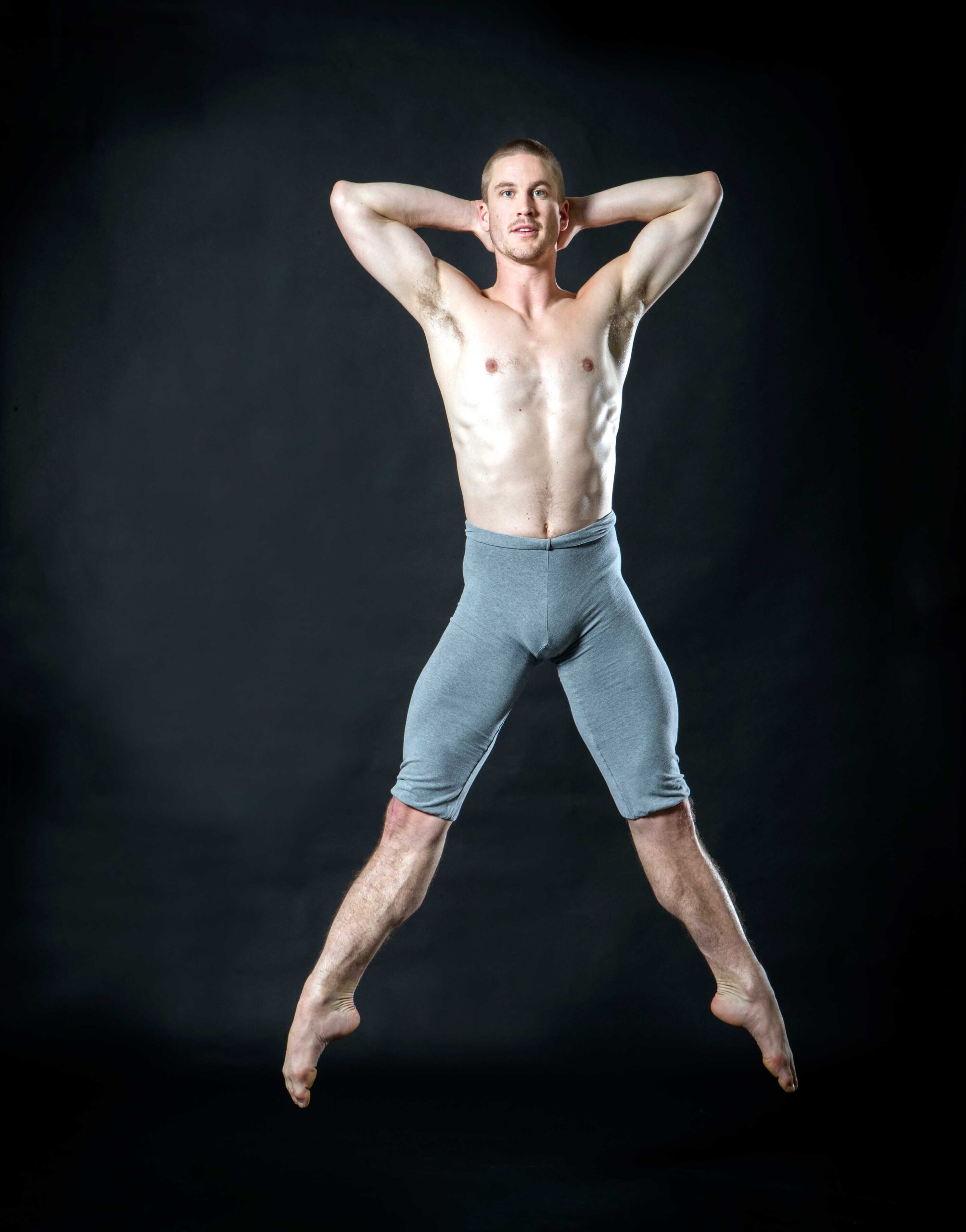
When he was growing up, Joseph played rugby and cricket as well as doing ballet. Surfing also gets a look-in and is his favourite way to unwind.
One of the most complex routines required for certain roles is the “32 fouettés”, where the ballet dancer does 32 spins while balanced on one leg. They are spectacular to watch and infamously difficult to do.
For someone who is the very picture of a delicate, beautiful ballerina, Abby pulls out a fairly brutal description of the process.
“You’re buggered – you feel like spewing.”
In Swan Lake it’s one of the most-loved scenes, where the Black Swan lures in the prince by doing endless split-second pirouettes.
“You’re so exhausted,” Abby says.
“You’ve just done act two, then Black Swan act three, and then you’ve got to go out and do 32 fouettés on one leg. It’s a mental push – everyone’s got their tricks for getting to that 32 – and it’s a cool feeling when you’ve finished. But then you just want to sit down.”
The first title role Abby played was Carmen, a complete departure from most classical roles. There is no tulle tutu here – one of the main costumes was jeans, a singlet and bare feet.
“I just loved the character – you could sink your teeth into her. Any ballet that draws on deep emotion is my kind of cookie.”
At the time of our interview, the parts for the 2018 season remain a mystery – even to the dancers – but Abby has been heavily featured in the promotional material for the shows, including the world-first production of The Piano, touring the country in February.
Inspired by Jane Campion’s award-winning movie, it’s a full ballet production, and official photography shows Abby beautifully draped over a piano on a wild beach. Turns out, it’s the beach, and the piano.
“It was shot on [Auckland’s] Karekare Beach, and it was the actual piano they used in the film,” she says. “I had goosebumps the whole day.”
Abby also features in promotions for upcoming show Strength & Grace, a performance to celebrate the 125th anniversary of women’s suffrage in New Zealand – and the 65th anniversary of the RNZB.
Both are original performances that sit alongside traditional offerings like The Nutcracker, in order to expand the New Zealand ballet audience.
Abby isn’t sure what the future of ballet holds – “That’s a big question to ask a little dancer from the Royal New Zealand Ballet” – but she’s excited to be part of it, in any capacity.
“I’m proud to call myself a professional dancer, because we are athletes – but you don’t see that strain, that force. That’s our aim; to portray a story, an emotion, whilst making it look effortless.”
